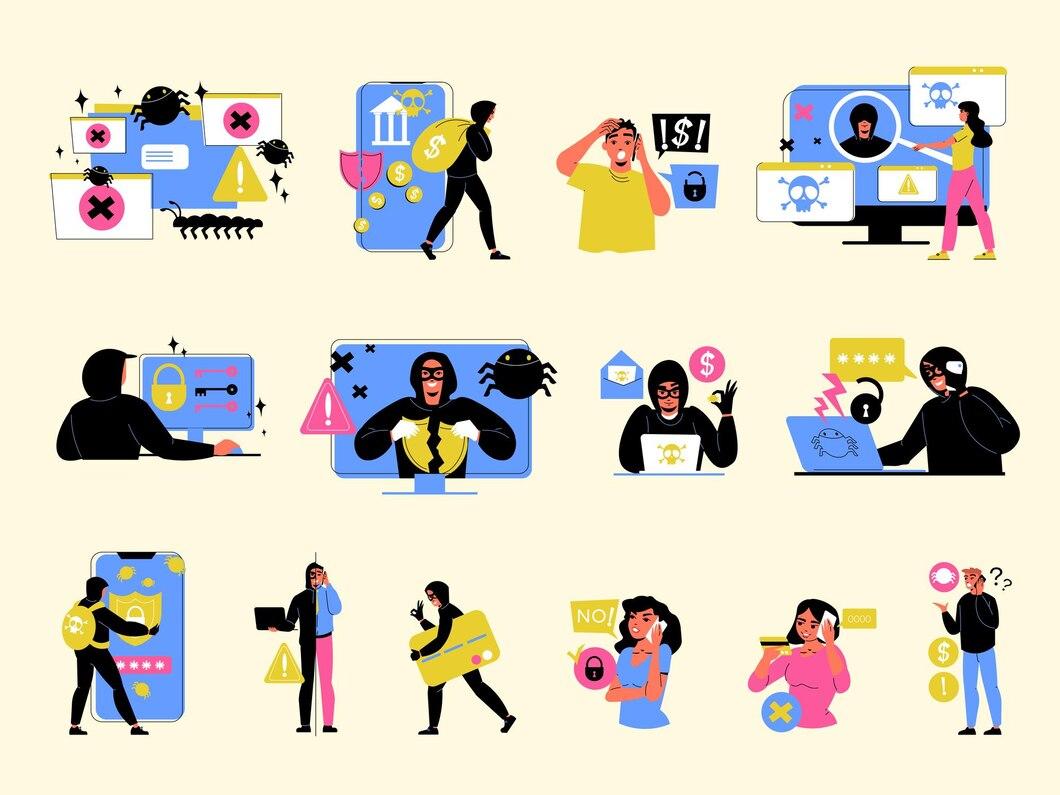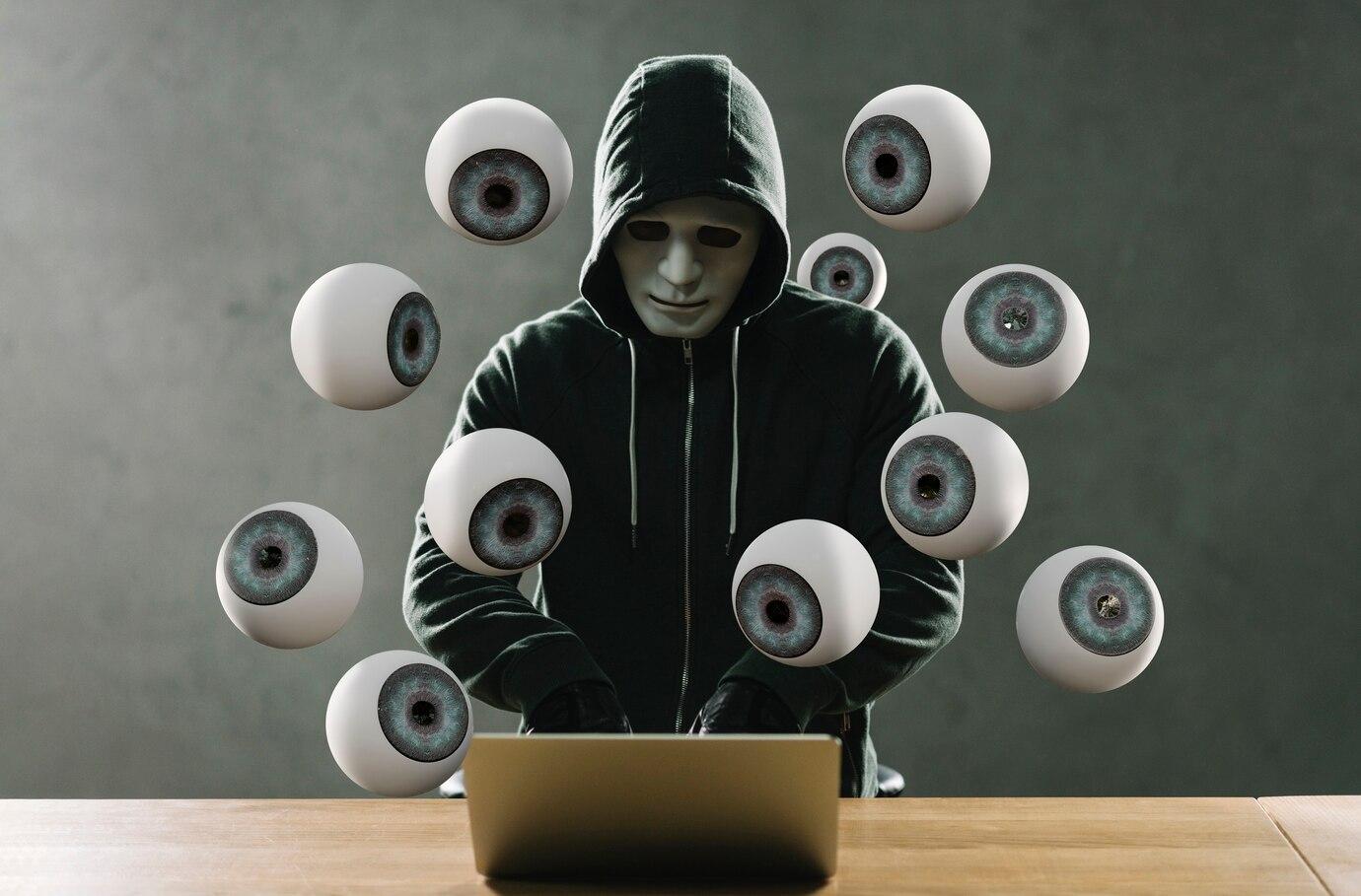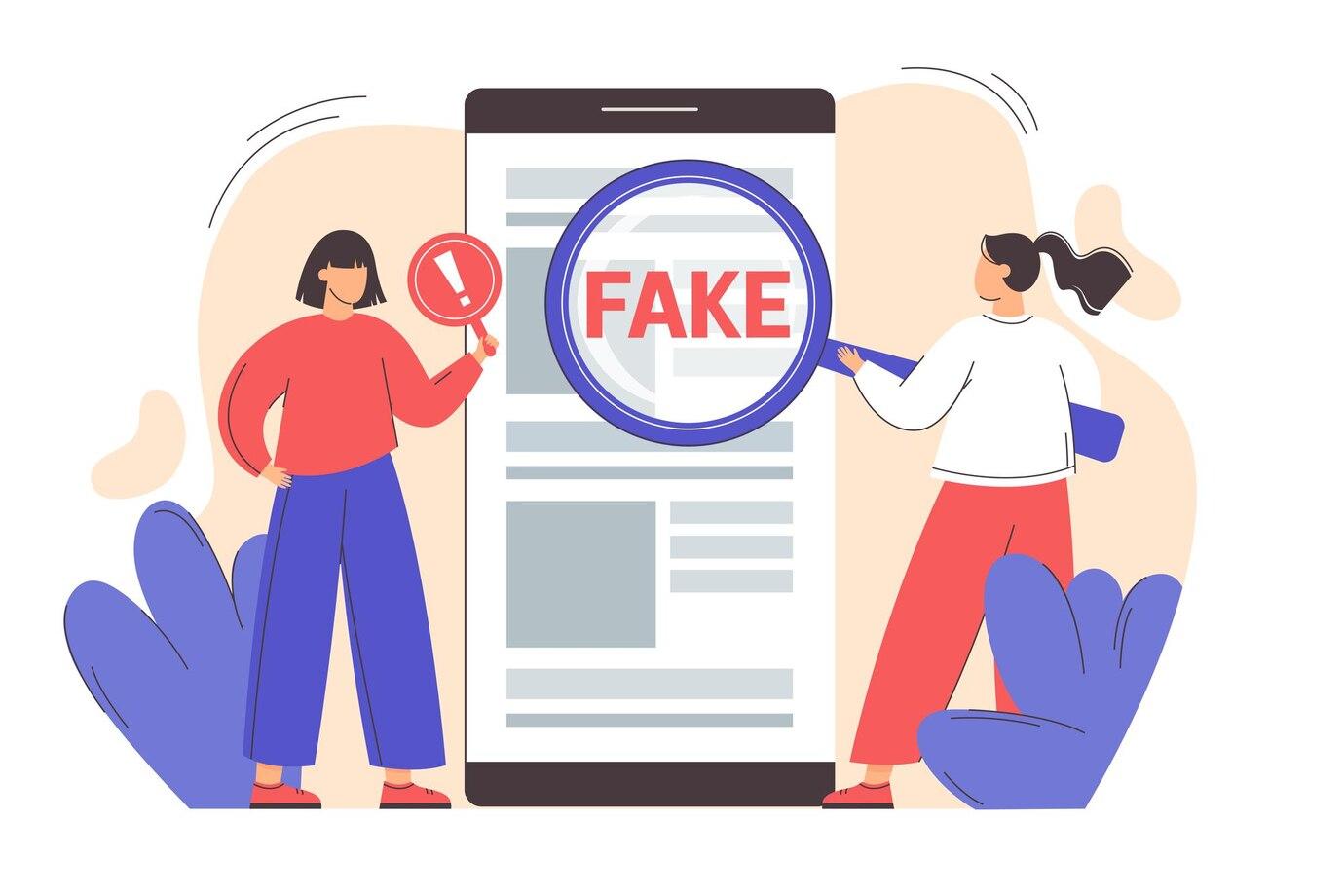In recent years, deepfake technology has become increasingly accessible, and while it can have positive applications in the film industry and entertainment, its use for fraudulent purposes is a serious concern. Deepfake technologies allow the creation of fake videos and audio recordings that can be used to deceive people and organizations.
Understanding Deepfake Technology
Deepfake is a technology that uses artificial intelligence (AI) to create fake content, mainly videos and audio recordings. This technology is based on machine learning methods that allow the analysis and modeling of people's movements and facial expressions. As a result, artificial intelligence can replace one person's face with another's, creating the impression that a person is saying or doing something that didn't actually happen.
Unfortunately, the availability of such tools combined with low costs has led fraudsters to actively use these technologies in their schemes. They are similar to other forms of cyber threats, such as phishing, but the depth of deception and personal involvement make them particularly dangerous.
How Fraudsters Use Deepfake Technologies
1. Fake Videos of Fraudsters
One of the most common ways to use deepfake technology is to create fake videos of famous people or company employees. Fraudsters can slow down or speed up the video, change the shooting angle, and overlay fake speech on the original footage. As a result, fake interviews or statements may appear, gaining the trust of viewers.

2. Deception with Fake Faces
Deception with fake faces is also actively used in financial scams. Fraudsters can create fake video calls or messages involving faces posing as trusted sources, such as bankers, lawyers, or even family members. Gaining trust through fake videos, fraudsters often succeed in getting funds transferred or personal information disclosed.
3. Deepfake Scams in Business
In the business world, deepfake technologies can be used for blackmail. Fraudsters can create compromising videos using deepfake, where a particularly vulnerable department is accused of inappropriate behavior. These videos can be used to force the victim to make concessions, such as providing money or illegal benefits.
Financial companies and small businesses now face a completely new level of threat associated with the use of new technologies.
How to Recognize Deepfake
Recognizing deepfake begins with a careful analysis. While it can be challenging, there are certain signs to look for. It is not advisable to rely solely on visual or audio recordings, but there are several key aspects:
1. Pay Attention to Video Quality
Deepfake videos often have visualization flaws. Despite impressive technology, sometimes faces look unnatural, especially in changing lighting conditions. For example, lip movements may not match spoken words, and the background may appear blurred or unnatural. These inconsistencies can be the first sign that the video is fake.
2. Analyze Emotional Reaction
Human emotions are often difficult to reproduce artificially. Deepfake may not convey nuances such as changes in facial expressions or small gestures. For example, a smile may be too broad or unnatural, which may indicate a fake.
3. Verify Information Sources
If you are watching a video that raises your doubts, it is always worth checking the source. Try to find this video on other platforms or request confirmation from the person represented, or refer to official company statements. Reliable sources of information will help you avoid falling into fraudulent schemes.

Cyber Fraud with Deepfake
Cyber fraud using deepfake has become a new field for criminal activity. Fraudsters use sophisticated strategies to manipulate victims at various levels. For example, they can create winning lottery numbers or redirect payments using artificial videos. These fraudulent schemes can have devastating consequences for both individuals and companies.
Despite the growing number of cases of deepfake use in fraud, many users continue to ignore warnings. This indicates the need to raise awareness about the scale of trust loss in the videos and audio recordings we see online.

Fake Online Identities
Fake online identities are becoming the norm in the age of social media. Fraudsters use deep technologies to create fake profiles that people can follow and interact with. These profiles typically present themselves under the names of famous personalities or create the image of an influential person.
This method can lead to the theft of personal data or financial resources. For example, through social networks, fraudsters can request donations for fake charity projects. The more people trust fake identities, the more likely successful fraud becomes.

Protection Against Deepfake Scams
Protection against deepfake scams includes several recommendations that will help you avoid negative consequences.
Limiting access to personal information on the internet is also an important step. Fraudsters often use available data about you to create plausible deceptions. Make sure you don't share too much personal information on social networks and other platforms.
Learn to verify information and sources you interact with. In particular, it is worth using reliable fact-checks and fraud information.
The use of deepfake technologies in fraud is a dangerous trend that requires attention and awareness. These technologies not only threaten the security of individuals but can also harm companies and organizations. The growth of such threats can only be stopped through education and training. Be vigilant, pay attention to details, verify information sources, and protect your data.


